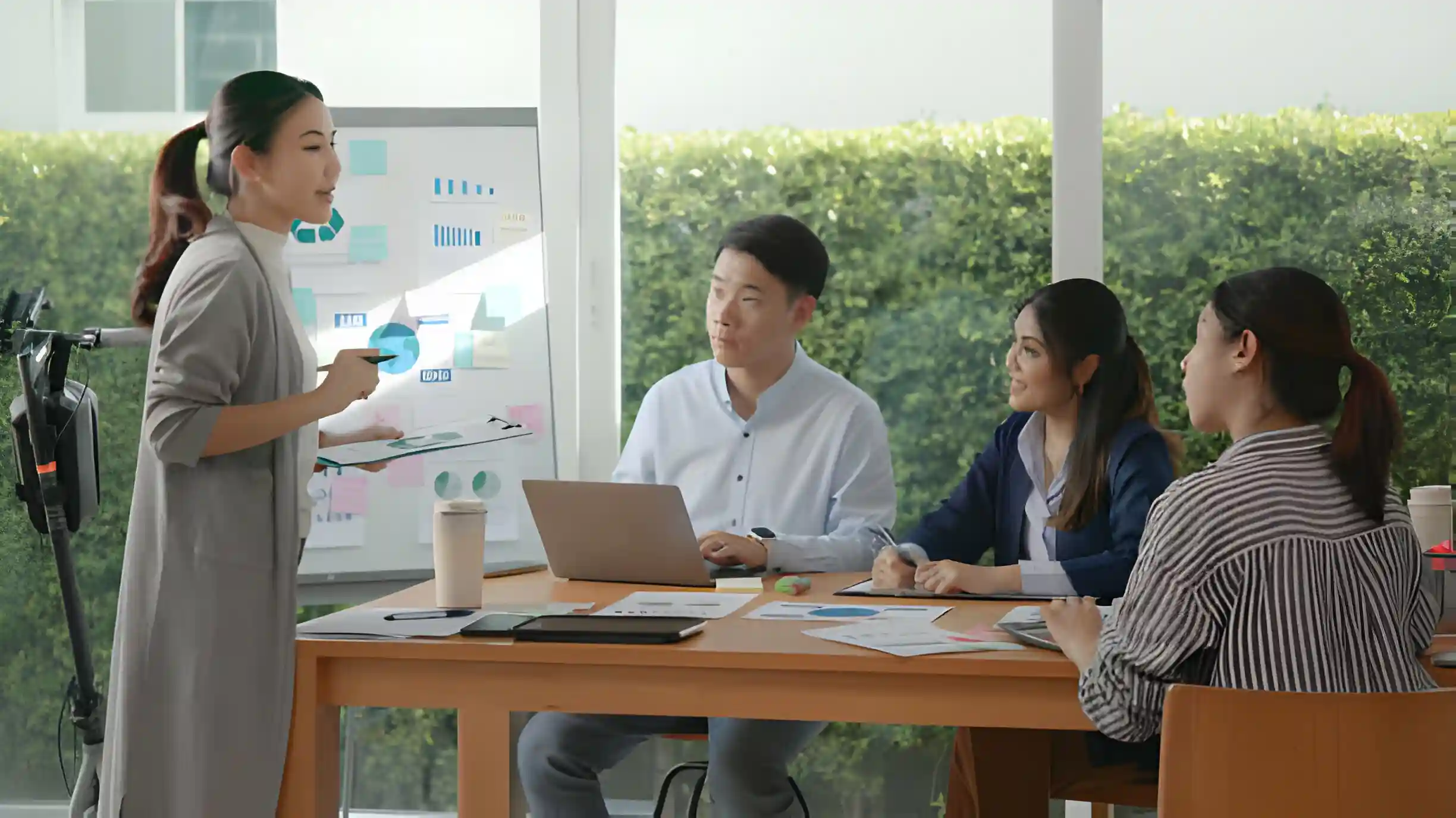Text-to-image generation is a fascinating area of research in artificial intelligence where systems aim to generate realistic images from textual descriptions. This technology leverages advancements in natural language processing (NLP) and computer vision to understand and interpret textual inputs, converting them into visual representations.
The process typically involves the following steps:
- Text Encoding: The textual description is encoded into a numerical representation, often using techniques like word embeddings or recurrent neural networks (RNNs). This encoding captures the semantics and context of the text.
- Image Generation: A generative model, such as a generative adversarial network (GAN) or a variational autoencoder (VAE), takes the encoded text as input and generates an image that corresponds to the description. The model learns to map the textual features to visual features.
- Training: The text-to-image model is trained on a large dataset of paired text-image examples. During training, the model learns to generate images that match the input text descriptions. The training process involves optimizing the model’s parameters to minimize the difference between the generated images and the ground truth images.
- Evaluation: The generated images are evaluated for their realism and fidelity to the input text. Metrics such as perceptual similarity and semantic consistency may be used to assess the quality of the generated images.
Text-to-image generation has a wide range of applications, including:
- Creative Content Generation: Generating artwork, illustrations, or scenes based on textual descriptions.
- Product Design: Creating visual prototypes or concept art based on textual specifications.
- Storytelling and Content Creation: Generating images to accompany written stories, articles, or presentations.
- Interior Design: Visualizing interior spaces based on textual descriptions of layouts or furniture arrangements.
- Fashion Design: Creating clothing designs or fashion concepts from textual descriptions.
While text-to-image generation holds immense potential, challenges remain in generating high-quality and diverse images that accurately reflect the textual input. Additionally, ensuring that the generated images are ethically and socially responsible is an important consideration in the development and deployment of these technologies.
